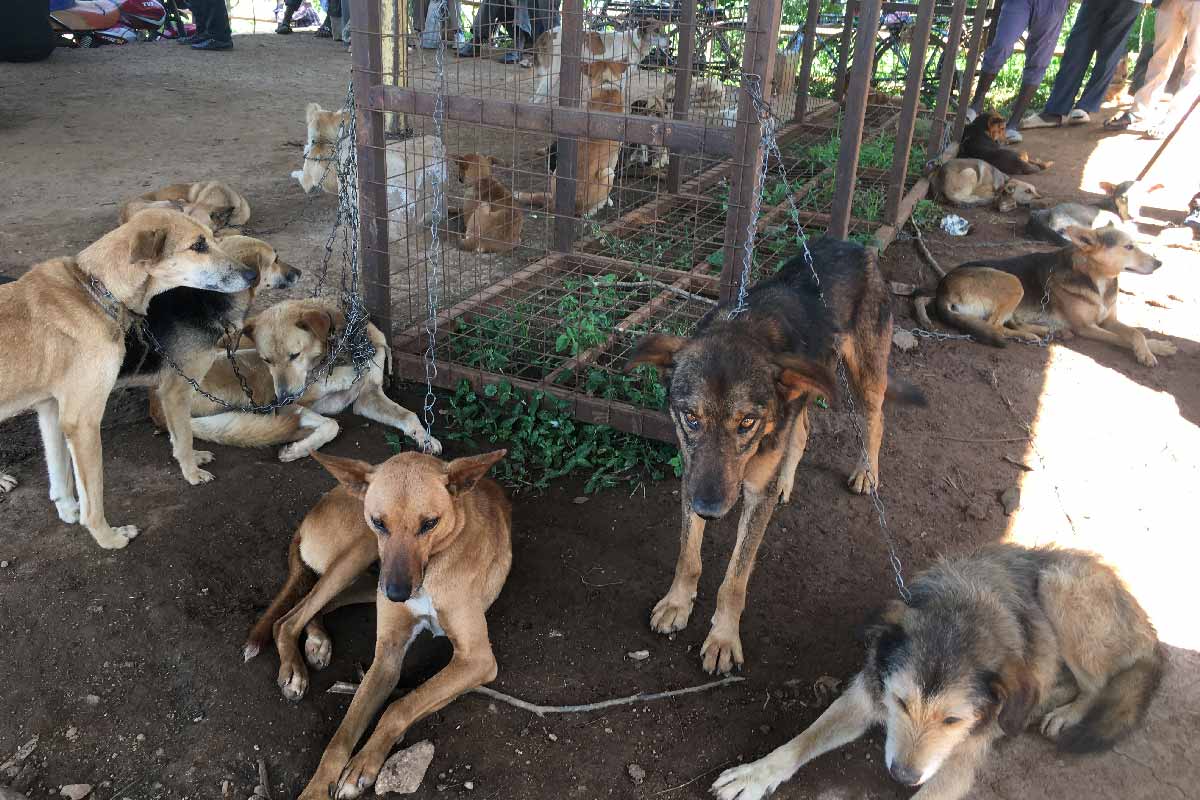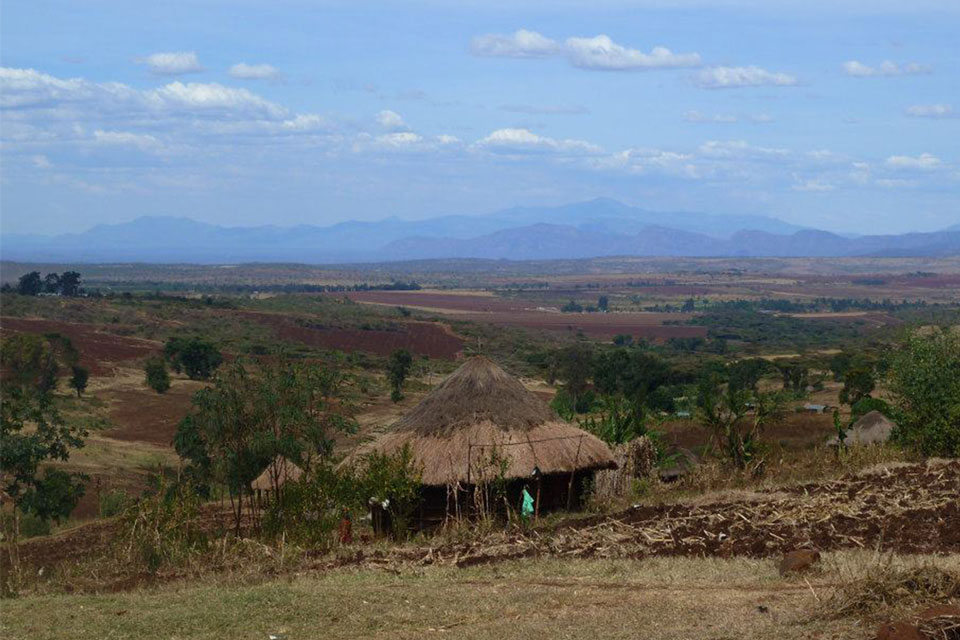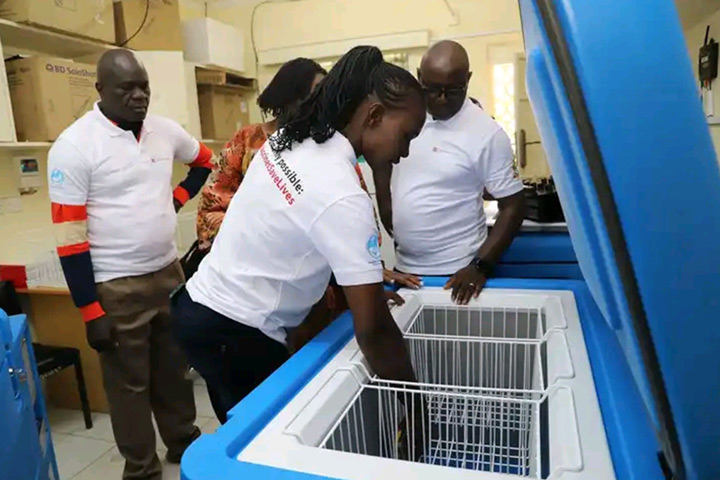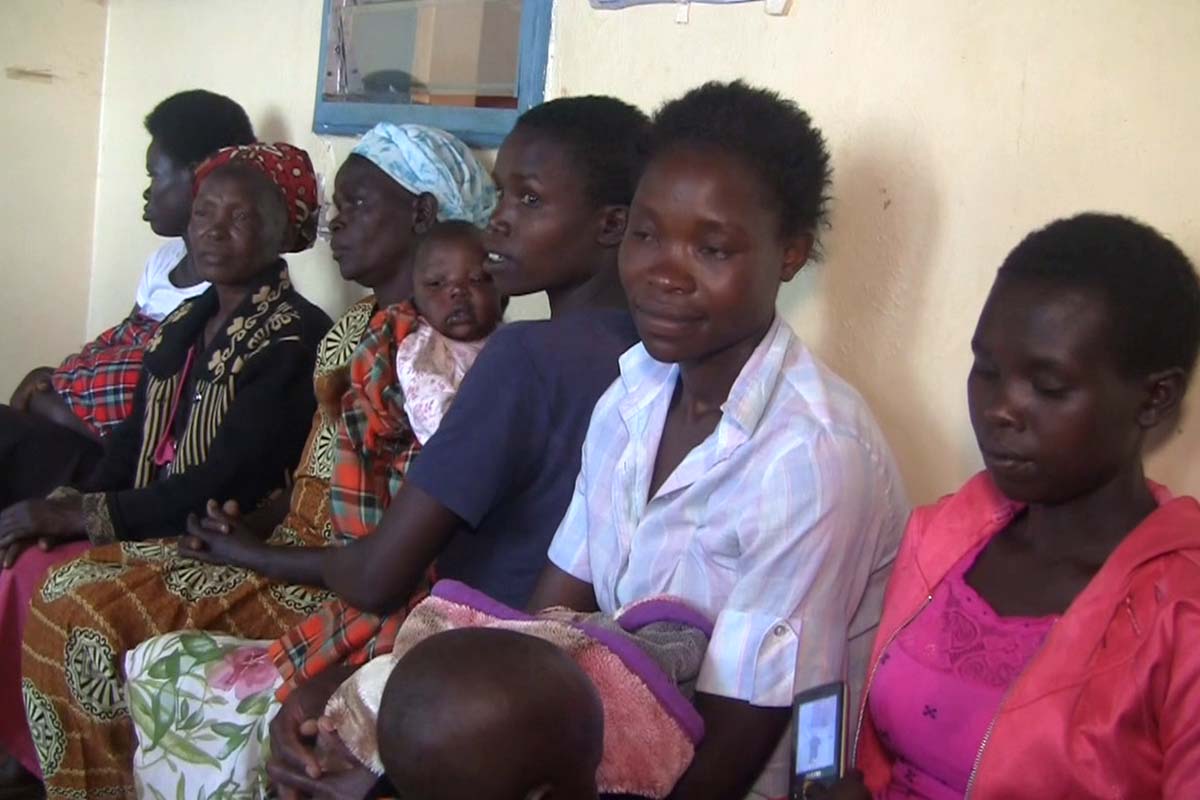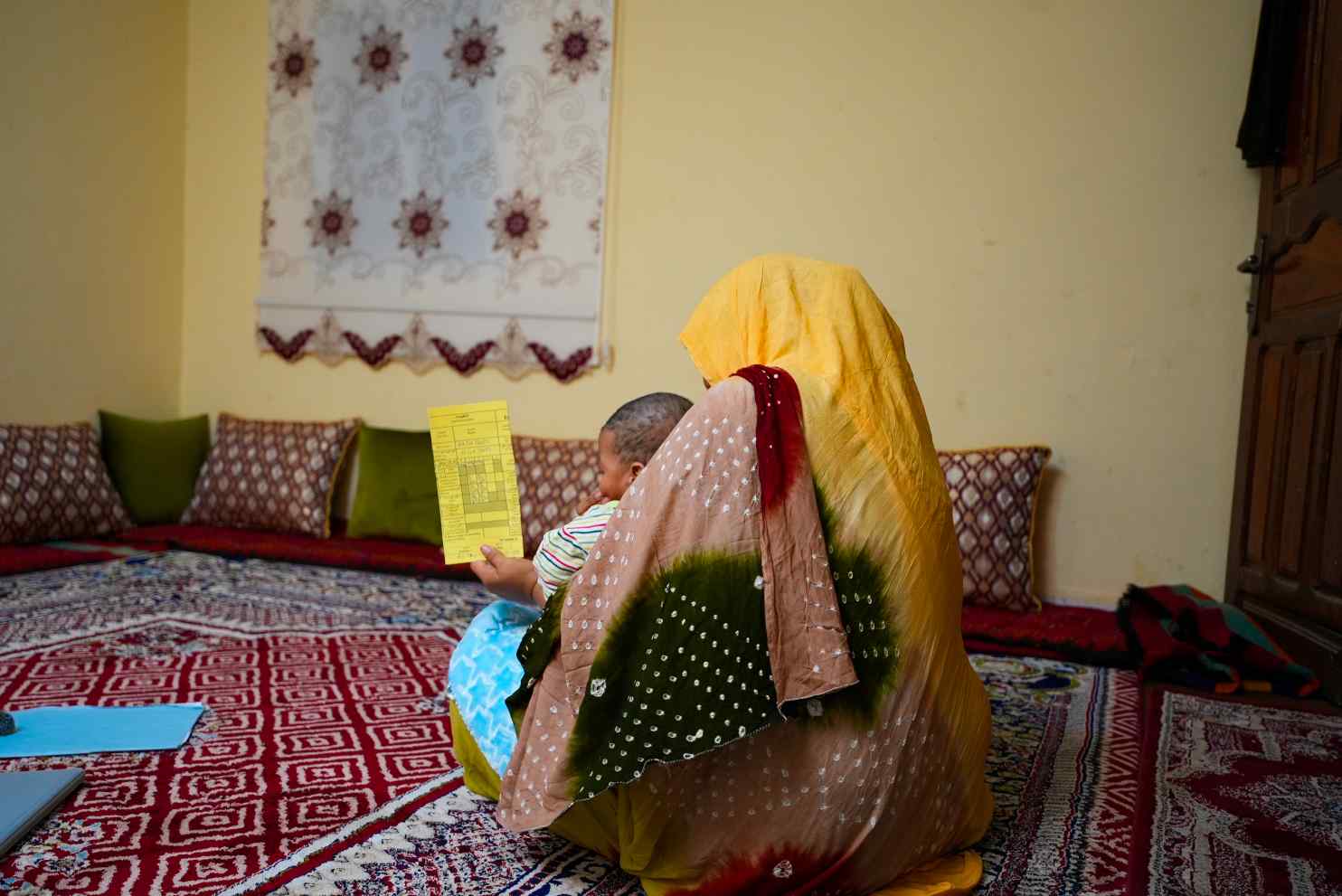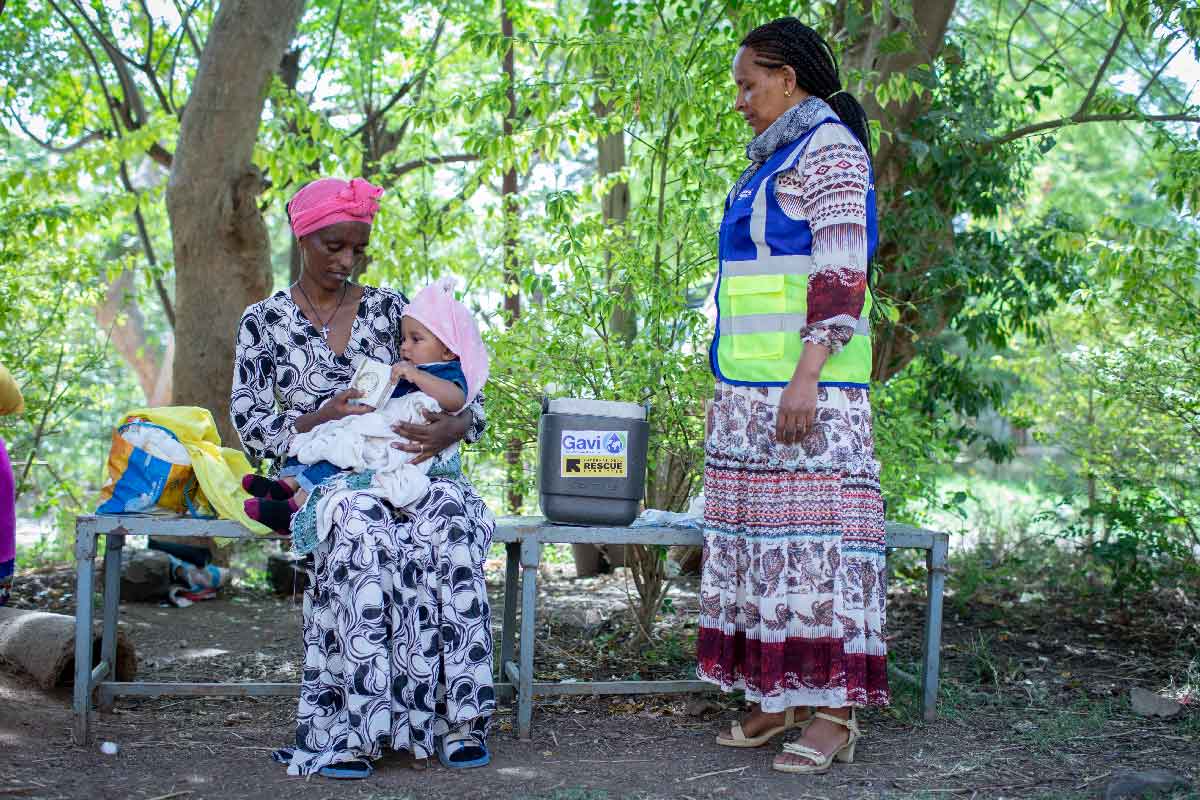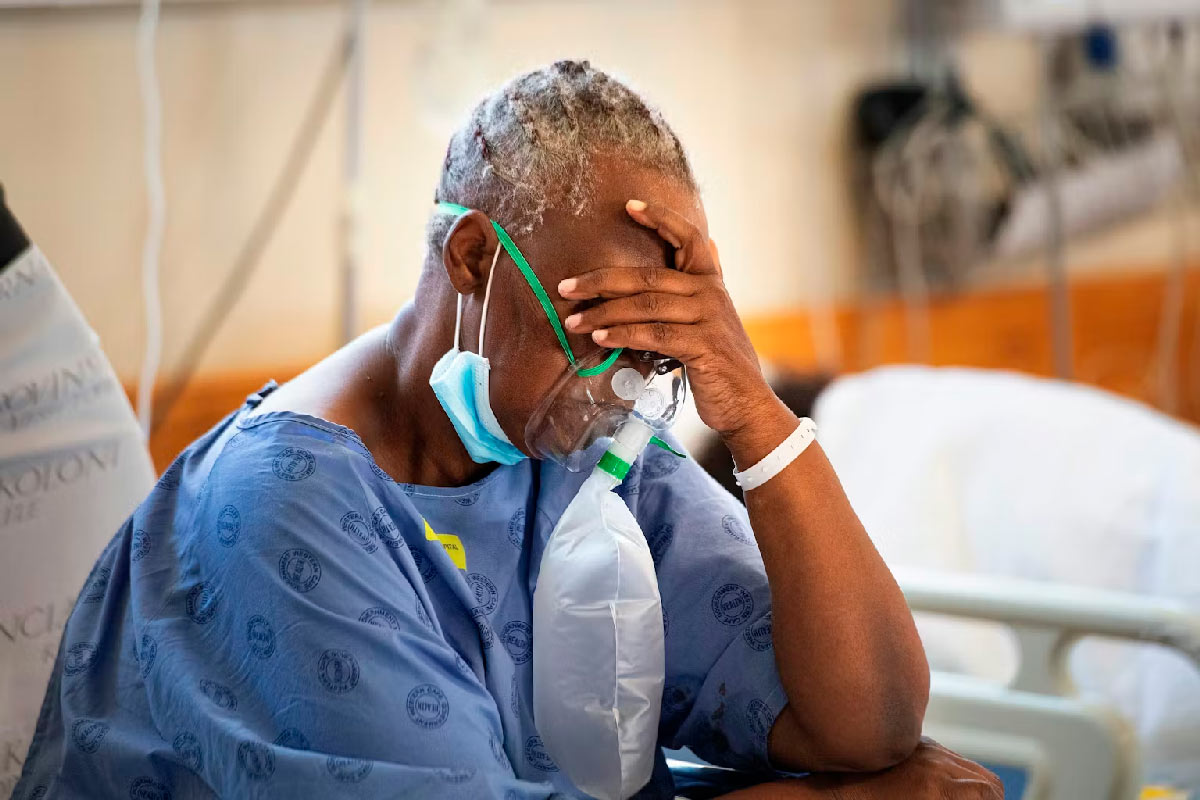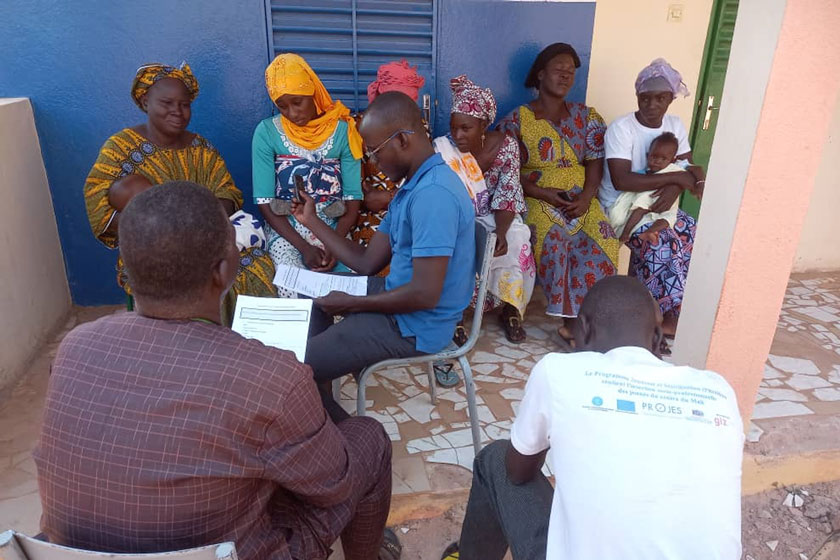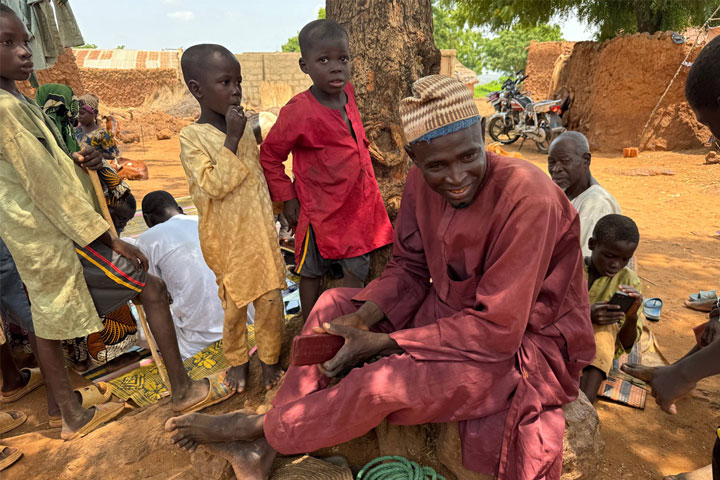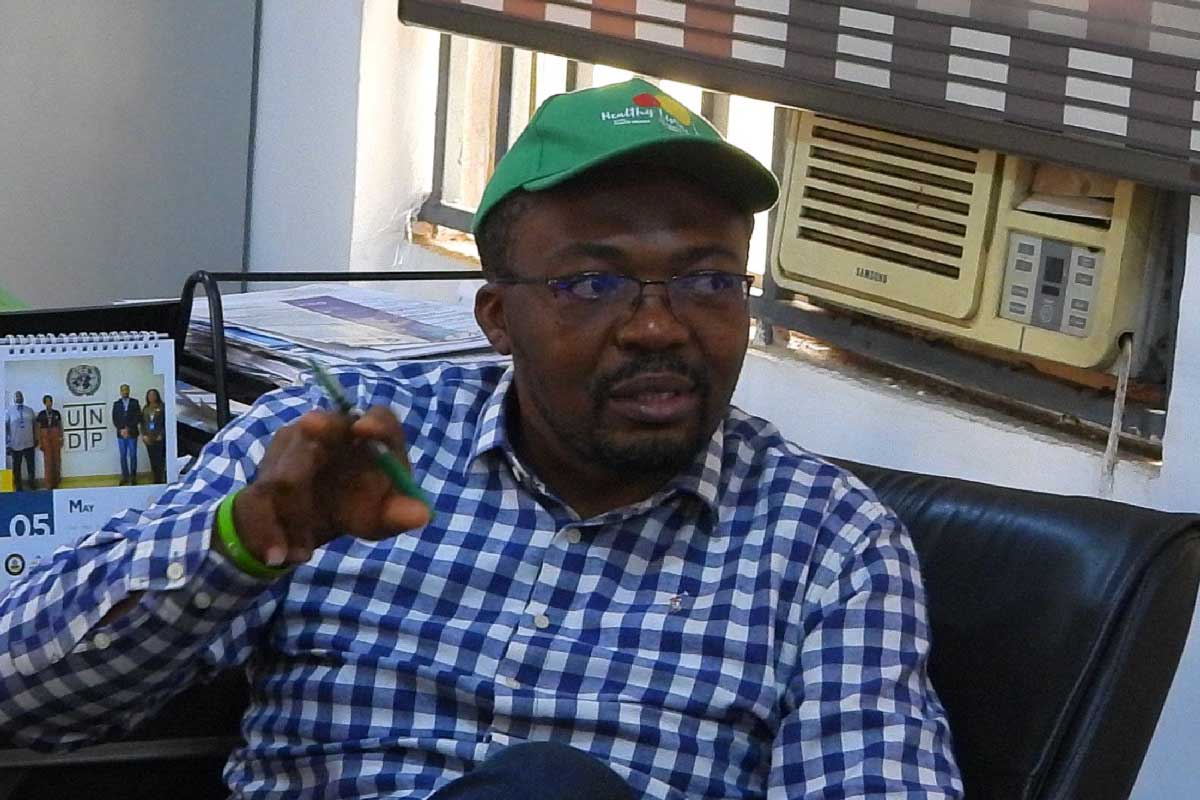Campaigning against cancer in northeastern Kenya
Kenya’s Wajir County has high rates of cervical cancer and strikingly low rates of HPV vaccination. Pius Sawa asks what it will take to reverse the trend.
- 24 January 2025
- 7 min read
- by Pius Sawa
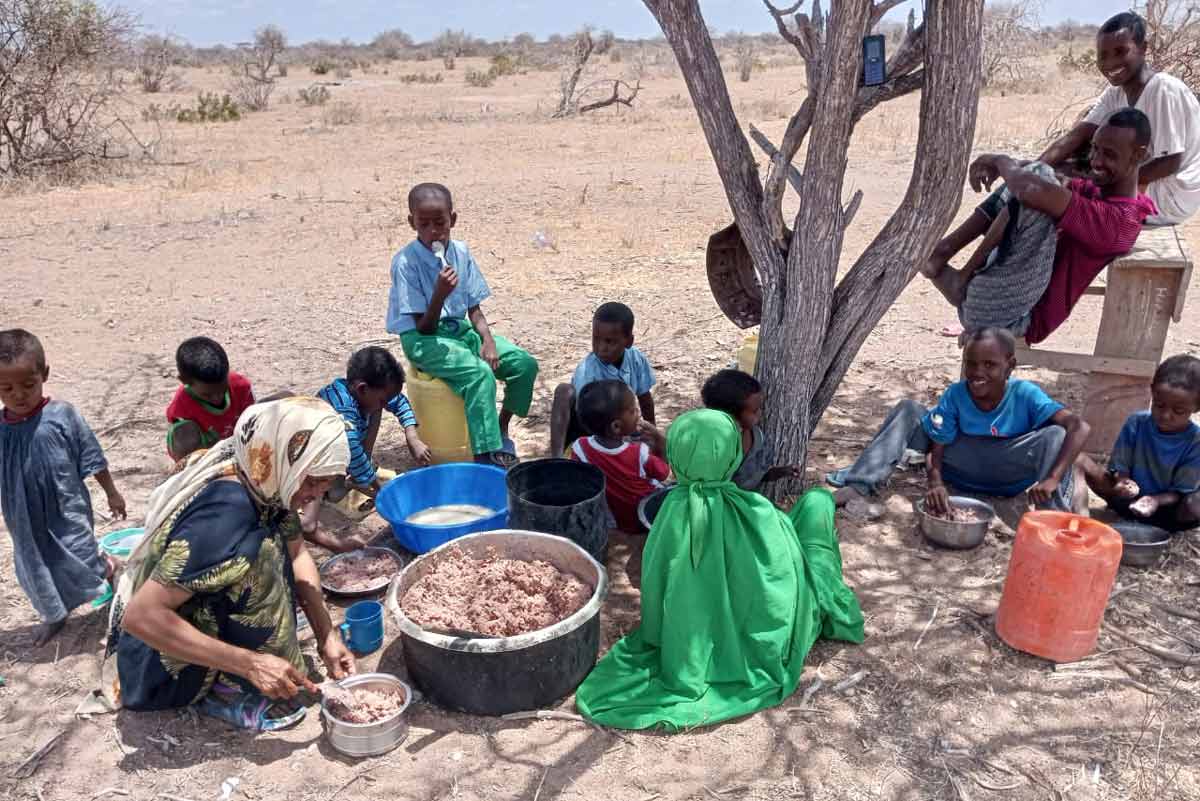
In 2023, Sarah Mahmud, 42, from Machesa village in northeastern Kenya’s Wajir County, attended a cervical cancer screening exercise that had been organised by local health workers. Before that day, she says, she knew very little about the illness.
But the results of her smear test were not what she’d hoped for or expected: nurses told her there were signs she was at risk of developing the disease.
“The doctors advised me to start attending the check-ups at the Wajir County Referral Hospital for treatment, as the risk was still low,” she said.
She sought out more information, and learned that the vast majority of cases of cervical cancer are caused by the human papillomavirus (HPV) – meaning they were preventable with a simple jab.
Mahmud took up the cause of HPV vaccination, which has been offered for free to girls aged 10–14 in Kenya since 2019, but has not achieved widespread uptake in many parts of the country. Wajir County’s HPV vaccine coverage levels among eligible girls are among Kenya’s lowest, at an estimated 20%. “I started telling mothers about the danger of cervical cancer and how it can be prevented. I became a volunteer in my community,” Mahmud says.
Searching for a foothold
In Wajir county, general vaccination rates and healthcare attendance tend to be lower than in other parts of Kenya. Among the challenges here are a lower density of health facilities and the mobile way of life of its pastoralist population, who constitute a majority of the county’s inhabitants, and who travel in search of food and water for the livestock that are their livelihood.
“The community keep on shifting from place to place. You will find that a mother was near a health facility during the first dose of vaccine to her baby, but when it comes to the second dose, the family will have migrated to another place very far from the health centre. This child will end up missing the rest of the vaccines,” says Dr Timothy Kwendo, who has lived in Wajir for over a decade, working at Kusi Hospital, several miles from Wajir town.
Many children never even make it onto the health system’s radar. “Very few children [are] registered at birth,” adds Dr Kwendo.
High levels of illiteracy, traditional beliefs and strong religious stands all contribute to generally low levels of what experts call “health-seeking behaviour,” he says.
“We use the community members to talk to parents whenever we want to vaccinate the children. Then we set up a date for vaccination and invite health workers from government.”
- Burton Kilongi, a teacher at Amoud Primary School
Dr Fredrick Munene, another physician in Wajir, agrees: he says in a family of ten, only three children are likely to get education. “Children here delay starting school. Being Muslims, they first attend the Islamic teaching classes – the madrasa – and therefore by the time they join primary school, the girls will be getting ready to be married off, while boys will be going to look after camels.”
In fact, Members of Parliament from Garissa, Wajir and Mandera counties – the northeastern bloc – reported in October last year that more than 850,000 school-age children in the region were out of school. That presents a further challenge for Kenya’s HPV vaccination campaign, which has made schools a crucial point of contact across the country.
A visit to Bil el Burbur Primary School appears to confirm Dr Munene’s suggestion that girls – the target group for HPV vaccination, due to their future risk of cervical cancer – are in the minority on school campuses. At this facility, says Sween Ambeyi, who teaches Grades 7 and 8, just 100 out of 300 pupils are female. By the time they reach Ambeyi’s classroom, and age into eligibility for the vaccine, their numbers have dwindled to less than a handful: three girls attend Grade 7, and four attend Grade 8, says the teacher.
“When one parent sees that the other parent’s daughter has been vaccinated, he or she will allow her child as well to be vaccinated.”
- Burton Kilongi, a teacher at Amoud Primary School
“We need a lot of sensitisation”
Those challenges, however, have not deterred a broad church of activists and advocates from trying to raise awareness of the risk of cervical cancer and the promise of the vaccine.
In February 2024, the Wajir County Government Health Department organised a cervical cancer screening walk, to urge women to get checked for a disease that appears to worryingly common here.
“Some months ago during a cervical cancer training, we did random screening and the results were alarming. Many of the women who were screened had cervical cancer,” said Dr Munene. The high rates of cancer appear not to have been a fluke: in 2020, a screening initiative at Wajir Referral Hospital found that out of 30 women, 8 were positive for cervical cancer.
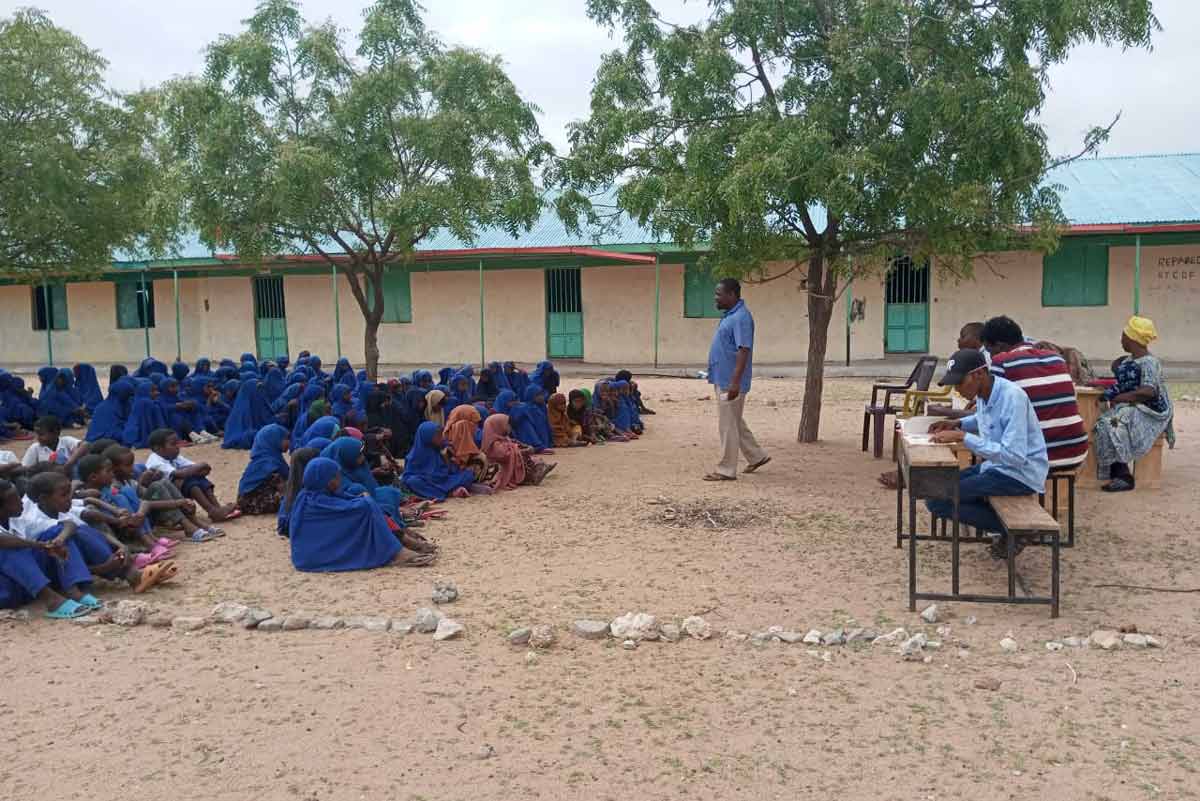
And still, despite the patent risks, and the fact that HPV vaccines are reportedly readily available in every health facility, many girls have not received it, which Dr Munene attributes to lack of awareness. “There is lack of sensitisation, but the women are willing to take the vaccines once they are sensitised,” remarked Dr Munene.
Teacher Sween Ambeyi, meanwhile, who has been keen in talking to girls about their sexual reproductive health, points out that there are myths about the HPV vaccine’s impact on fertility circulating in some communities, and that that misinformation may be hindering HPV vaccine acceptance.
Still, targeting primary schools may yet be the best shot at generating momentum for HPV vaccination, thinks Dr Kwendo, explaining that most schools in Wajir employ teachers from outside the county.
“Because most of the teachers come from well informed regions, they are the best influencers for vaccines. We need a lot of sensitisation.” Reaching girls with the HPV vaccine before they are married off – often in their mid-teens – is vital, the physician explains.
Teacher-campaigners
“We use the community members to talk to parents whenever we want to vaccinate the children. Then we set up a date for vaccination and invite health workers from government,” said Burton Kilongi, a teacher at Amoud Primary School.
A parent accompanies his or her daughter to the school on vaccination day to provide consent. “A teacher cannot authorise a child to be vaccinated without the parent’s order. This is how we do it. But the most important thing is that the parents bring their children to be vaccinated and when one parent sees that the other parent’s daughter has been vaccinated, he or she will allow her child as well to be vaccinated,” said Kilongi.
Have you read?
Signs of progress
Dr Fredrick Munene says the communities around urban centres have started accepting childhood vaccination because an increasing proportion of the population have access to broadcast media, like TV sets, through which they are able to get information. “Health education and information about cervical cancer should start from the basics. Cervical cancer is a bit high because most of the women are not screened. For the normal vaccines, the uptake is rising.”
Meantime, Wajir County is investing in health, adding 212 new trained professionals to its healthcare staff in mid-2024, and building out infrastructure.
“Health education and information about cervical cancer should start from the basics. Cervical cancer is a bit high because most of the women are not screened. For the normal vaccines, the uptake is rising.”
- Dr Fredrick Munene
Mobile clinic trucks are rolling into communities to dole out prenatal and antenatal care, along with other health services. These trucks are partitioned into three chambers, allowing for mothers and children to receive check-ups, and be vaccinated.
One County executive committee member, Habiba Ali, said coverage with vaccines including the five-part pentavalent and the anti-tuberculosis BCG vaccine is now beyond 62%. The last polio vaccine campaign achieved close to 90% of its 190,000 child target, she added.
It’s progress. Is it too soon to hope for an uptick in HPV vaccination coverage rates? Campaigners like Sarah Mahmud are certainly doing their best.
“I go to the local radio station to talk about HPV and other vaccines,” reports Mahmud. “This has seen many parents accepting vaccines.”
